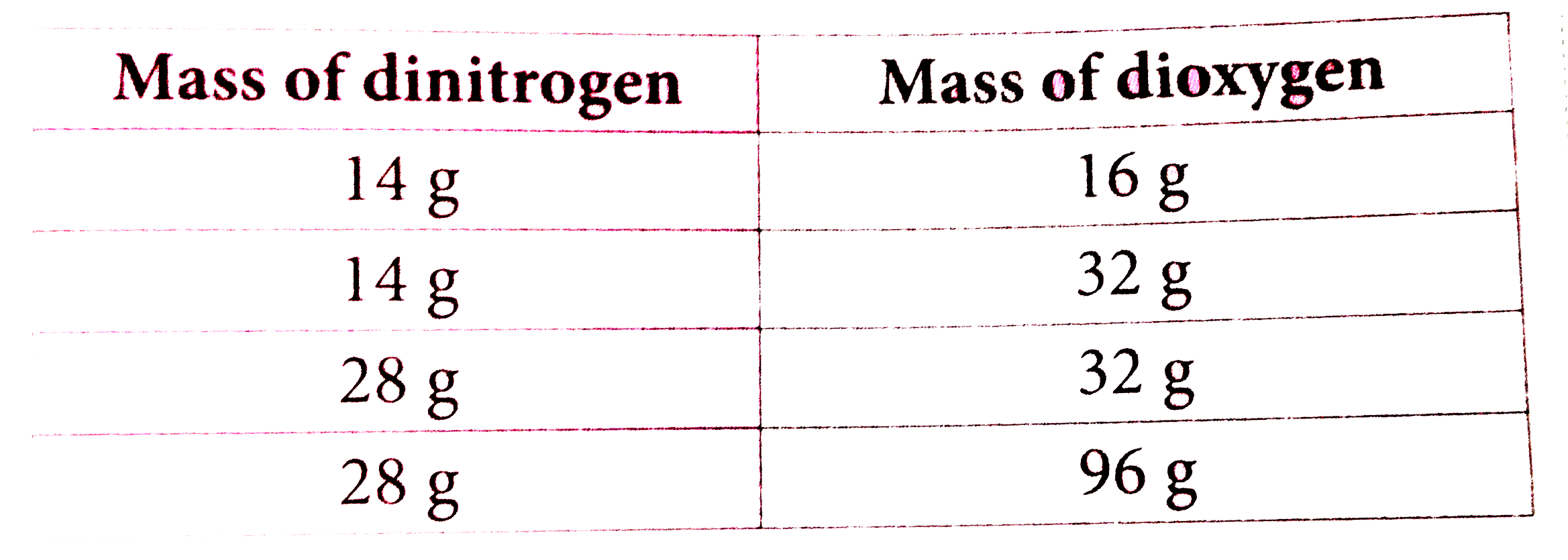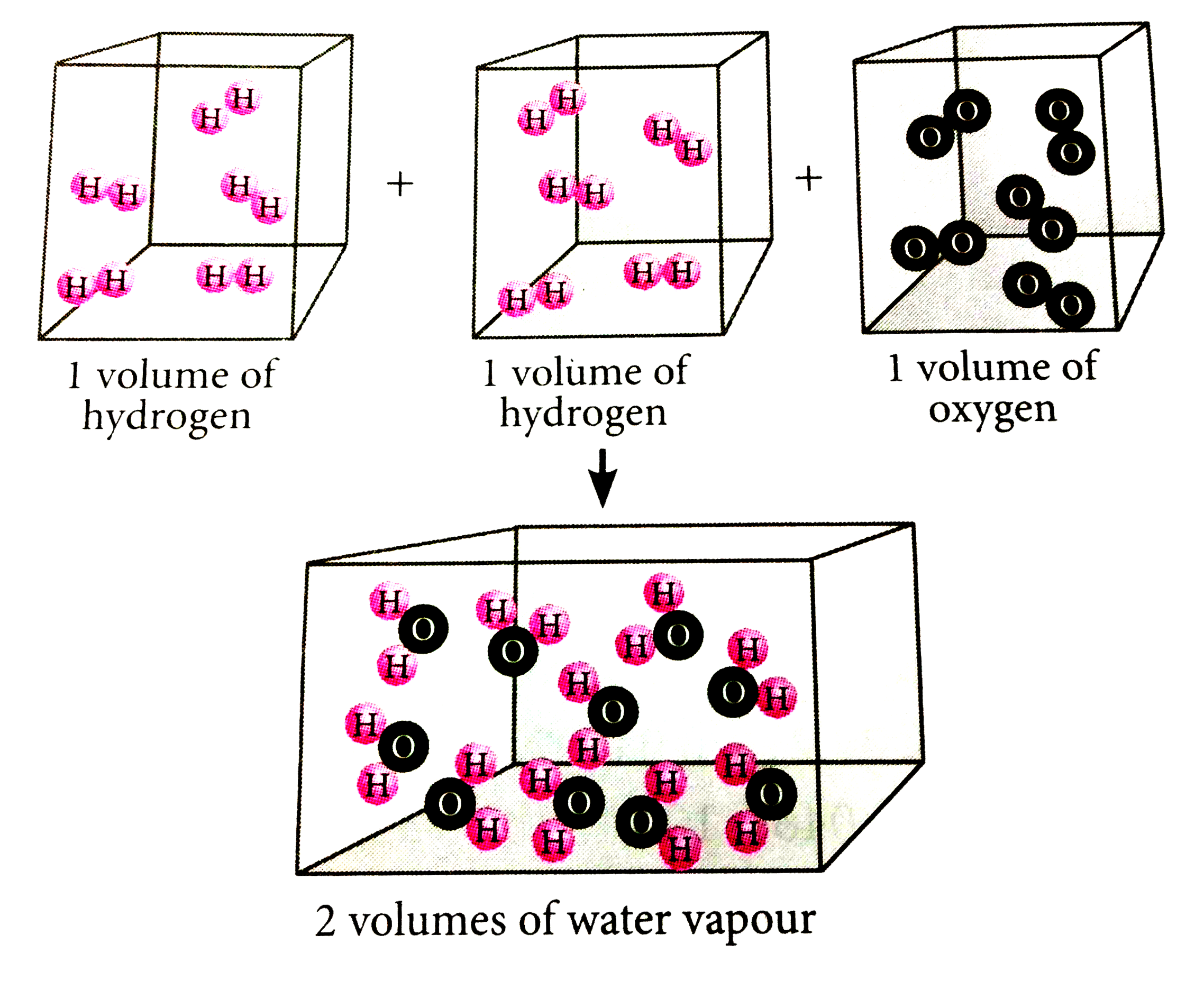Complete Solutions to Laws Of Chemical Combination of chapter SOME BASIC CONCEPTS OF CHEMISTRY of Class 11 book with complete answers and questions
| Class 11 | CHEMISTRY |
| Chapter | SOME BASIC CONCEPTS OF CHEMISTRY |
| NCERT FINGERTIPS | Laws Of Chemical Combination |
| Number Of Questions | 14 |
| Academic Year | 2023-24 |
4.88 g of `KClO_3` when heated produced 1.92 g of `O_2` and 2.96 g of KCl. Which of the following statements regarding the experiment is correct?
View SolutionHow much mass of silver nitrates will react with 5.85 g of sodium chloride to produce 14.35 g of silver chloride and 8.5 g of sodium nitrates if law of conservation of mass is followed?
View SolutionWhat mass of hydrochloric acid is needed to decompose 50 g of limestone?
View SolutionWhich one of the following best explains the law of conservation of mass ?
View SolutionWhat mass of sodium chloride would be decomposed by 9.8 g of sulphuric acid if 12 g of sodium bisulphate and 2.75 g of hydrogen chloride were produced in a reaction?
View SolutionIn an experiment 2.4g of iron oxide in reduction with hydrogen gave 1.68 g of iron. In another experimet, 2.7 g of iron oxide gave 1.89 g of iron on reduction. Which law is illustrated from the above data?
View SolutionThe following data are obtained when dinitrogen and dioxygen react together to form different compounds:

Which law of chemical combination is obeyed by the above experimental data ?
View SolutionWhich of the following statements indicates that law of multiple proportion is being followed?
View SolutionWhich one of the following pairs of compound illustrates the law of multiple proportion
View SolutionThe statements for laws of chemical combinations are given below. Mark the option which is not correctly matched.
View SolutionGive below are few statements. Mark the statement which is not correct.
View SolutionA balanced equation for combustion of methane is given below:
`CH_(4(g)) + CO_(2(g)) to CO_(2(g)) + 2H_2O_(g)`
Which of the following statements is not correct on the basis of the above chemical equation?
View SolutionWhich of the following law of chemical combination is satisfied by the figure?

View SolutionWhich of the following statements about Avogadro's hypothesis is correct ?
View Solution
Laws Of Chemical Combination questions and complete solutions for chapter SOME BASIC CONCEPTS OF CHEMISTRY of MTG CHEMISTRY (HINGLISH) of Class 11